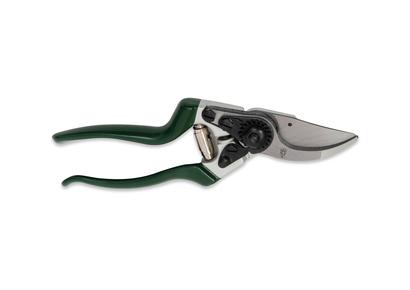
Create new shrubs the easiest way
Propagating shrubs by layering is one of the easiest and most care-free ways to create new plants from some of your favourite shrubs. And spring is the best time to do it, be they deciduous or evergreen. Growing from seeds and cuttings can be great too, but these methods have their drawbacks that layering can help us avoid.
For shrubs, seeds can be quite slow to get going, if you manage to germinate them at all. If you do want to try growing trees and shrubs from seed, collecting the seed when it is ripe in autumn will help. The fresh seed should then be stored and prepared with suitable periods of warmth and cold in damp compost. You can look up the exact requirements online. This is called seed stratification, and mimics the effect of the passing seasons which weather away the protective seed coat and stimulate germination as spring arrives. For most plants, plants grown from seed will be genetically different from their parent plant. So the seed collected from a blue hydrangea will not necessarily grow on to form more blue hydrangeas.
Cuttings can be a much more dependable route for plants that can be propagated that way. Once a cutting is taken, that piece of plant is living on the energy stored within it. Cuttings of most plants need to be kept in a humid environment, so they don’t lose too much water and dry out. This may be a clear propagator box or under a clear plastic bag, ideally in a shaded area so it doesn't get too hot in the sun. The key to good rooting is having a nice coarse and airy compost mix that allows plenty of air circulation, to prevent the cutting rotting off before it roots. Plants from cuttings are often larger quicker, compared to those grown from seed. The best thing is that they are clones of the parent plant, which generally means they will be exactly the same as the parent.
Layering has all the benefits of cuttings, but is much easier and often more successful. A low branch is bent down to the ground, and firmed in place using a peg or a stone part way along its length, not at the tip. Ideally it should be laid on bare earth, possibly with a shallow ridge prepared to nestle the branch into. Over the course of the growing season, the branch will hopefully start to root into the ground, and possibly send vigorous shoots upwards. As the branch is still attached to the parent, the risks of running out of energy and water that cuttings face are avoided completely. Once fully rooted, the layered branch can be cut off and transplanted into a pot or a new spot, but give it plenty of time before detaching so it’s developed a good root system. This may take 6-12 months. In the new spot, give plenty of water and care to help the establishment after the shock of being uprooted. Give it a go, you’ll thank yourself!



